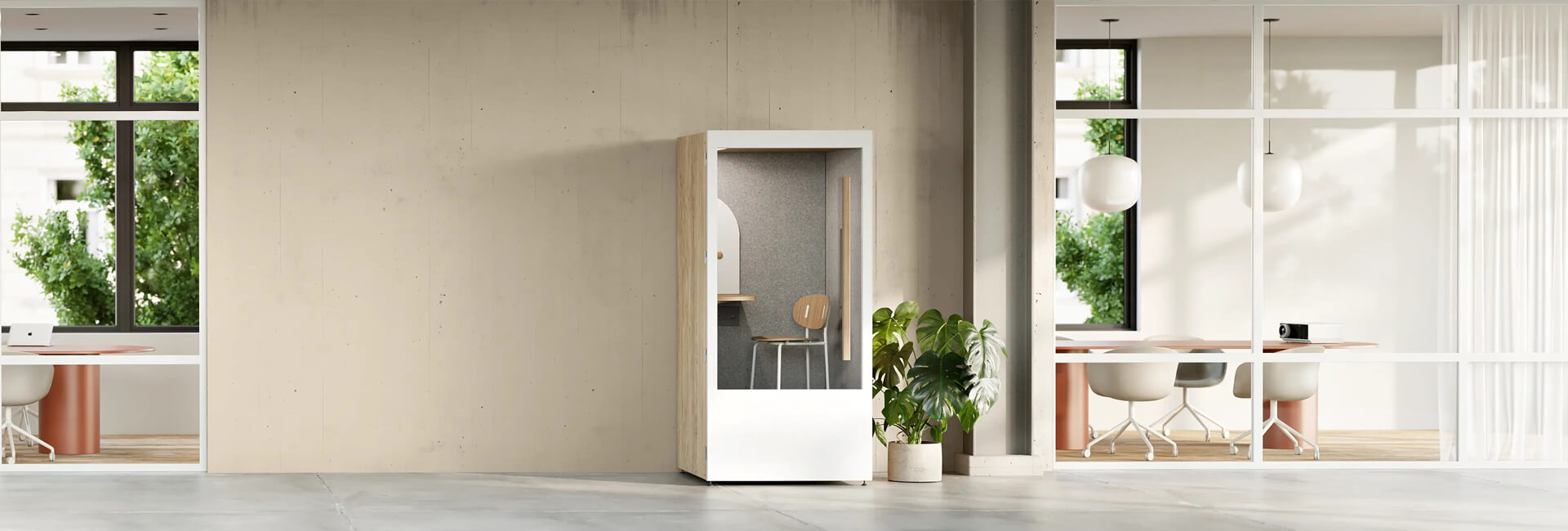Garden Office Pod: A Modern Solution for Remote Work
June 29, 2025 | News | No Comments

# Garden Office Pod: A Modern Solution for Remote Work
## The Rise of Remote Work and the Need for Dedicated Spaces
In recent years, remote work has become increasingly popular, with more companies adopting flexible work arrangements. This shift has led many professionals to seek out dedicated workspaces at home that separate their professional and personal lives. The garden office pod has emerged as an innovative solution to this challenge.
## What Is a Garden Office Pod?
A garden office pod is a standalone structure designed specifically for work purposes, typically installed in a backyard or garden area. These compact yet functional spaces offer numerous advantages over traditional home offices:
– Separation from household distractions
– Professional work environment
– Increased productivity
– Better work-life balance
## Key Features of Modern Garden Office Pods
Today’s garden office pods come with a variety of features that make them ideal workspaces:
### 1. Insulation and Climate Control
High-quality pods include proper insulation, double-glazed windows, and often heating/cooling systems to ensure comfort year-round.
### 2. Electrical and Internet Connectivity
Modern pods are wired for electricity and often include provisions for high-speed internet connections.
### 3. Customizable Designs
From minimalist modern styles to rustic cabin aesthetics, garden office pods come in various designs to match personal preferences and garden themes.
### 4. Eco-Friendly Options
Many manufacturers offer sustainable materials and energy-efficient features like solar panel compatibility.
## Benefits of Choosing a Garden Office Pod
Investing in a garden office pod provides several significant advantages:
### Improved Productivity
The physical separation from home distractions allows for better focus and efficiency during work hours.
### Cost-Effective Alternative
Compared to renting office space or expensive home renovations, garden pods offer an affordable solution.
### Increased Property Value
A well-designed garden office can enhance your property’s appeal and potentially increase its market value.
### Mental Health Benefits
The ability to “leave work” by physically stepping away from the office space contributes to better mental wellbeing.
## Considerations Before Installation
Before purchasing a garden office pod, consider these important factors:
– Local zoning regulations and permits
– Foundation requirements
– Size and layout needs
– Budget constraints
– Future maintenance requirements
Keyword: Garden Office Pod
## The Future of Garden Office Pods
As remote work continues to grow in popularity, garden office pods are likely to become even more sophisticated. We can expect to see:
– Smart technology integration
– Modular designs for easy expansion
– Improved energy efficiency
– More sustainable building materials
For professionals seeking an ideal work-from-home solution, the garden office pod offers the perfect balance of convenience, functionality, and comfort. These innovative spaces provide the separation needed for productive work while maintaining the benefits of working from home.
